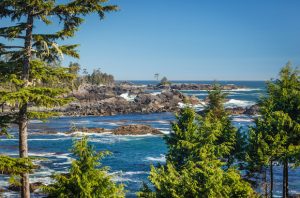Everyone's talking about Canada lately, can't imagine why – maybe you're already following through on your promise to move there, maybe you're finally reminded that it exists and are suddenly curious about what life might be like, way up there.
Don't get too excited about your new life in America's Hat just yet – one glimpse at real estate prices in its most livable places (not to mention the country's extremely selective immigration rules) will likely have you saying "sorry!" and running south of two borders to Mexico, where they have sun, sand and $2 crosstown Uber rides, year-round. (Some Canadian cities don't even allow Uber to operate. Gasp.)
But never mind the drawbacks of living there – for visiting, the simple fact is, Canada has over the past decade or so become one of the most interesting and easily accessible destinations for American travelers, particularly now, with our dollar remaining relatively strong against theirs.
In some ways it's a lot like home. In many other, very important ways, it's a million miles from everything most Americans know. Never been properly introduced? Here's a highly opinionated, very short list of the absolute best places to visit, in order to understand Canada's potential for being really (really!) great.
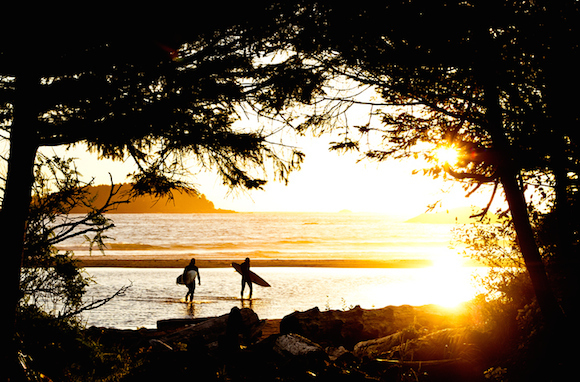
Imagine if Southeast Alaska met, say, Malibu, but with wide and long sandy beaches separated by dramatic rocky coves, miles of rugged coastal trail, secluded hot springs, miles of thick, coastal rainforest and winters so temperate, you'd swear you were anywhere but Canada. That's Tofino. If Canada has places where vortexes exist, Tofino's easily their Sedona, except with water – endless water. It may be hours from anywhere – it takes about half a day to get here from Vancouver, sometimes more – but on top of everything else, Tofino has one of the most exciting small-town food cultures in North America – great, locally-roasted coffee, top-notch microbrews, surprising restaurants, good cocktails, everywhere – there's even a tiny storefront where you can buy terrific, housemade charcuterie, not to mention one of the best fish taco joints north of the Mexican border. (It's a truck. It's open year-round. Everyone goes there.) From surfers to seekers to the Canadian elite hiding out in their holiday homes to hippies sleeping in VW vans, everyone's living the dream out here, somehow, some way – very few people make the trek to this Vancouver Island paradise and go away thinking anything other than when do I get to come back. If you only ever visited one place in Canada, it should be Tofino – there's really no place else quite like it.
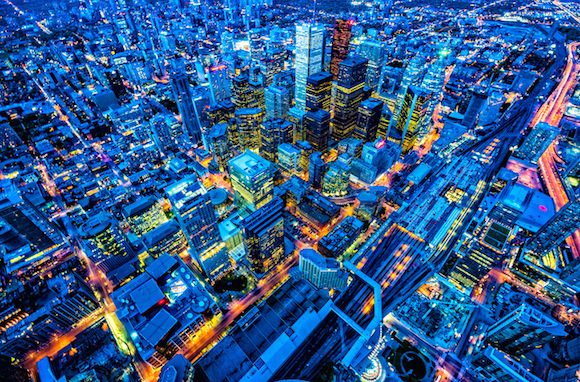
One of the most interesting things about Canada's largest city – for American visitors, at least – is that it provides an instructive glimpse of what our own Great Lakes cities might be like today, were American power and population not now centered on the outward-facing coasts. For much of its life, Toronto looked south of the border at cities like Chicago, secretly feeling ever so slightly jealous – that's mostly ancient history, now. Today, the city is booming, bursting at the seams and coming close to emerging as a truly world-class city, even if its often punishingly utilitarian physical presence and too-often dismal weather hold it back from being the sort of place normal people flock to on holiday. There's hardly a country that isn't represented in Toronto now – check out the Kensington Market district, where you can eat your way around North America and the world (as well as engage in some of the city's best people watching). Neighborhoods like Parkdale and Dundas West are about as cool as they come these days, but don't miss a foray into the city's dull suburbs for some of the continent's very best Chinese cooking, hidden away in shopping centers and indoor malls in former nowheres like Markham and Richmond Hill. As an American – particularly an American proficient in Great Lakes history and culture – you'll be constantly confronted with the familiar, only to be confounded in the next moment by the differences. It's a lot of fun.
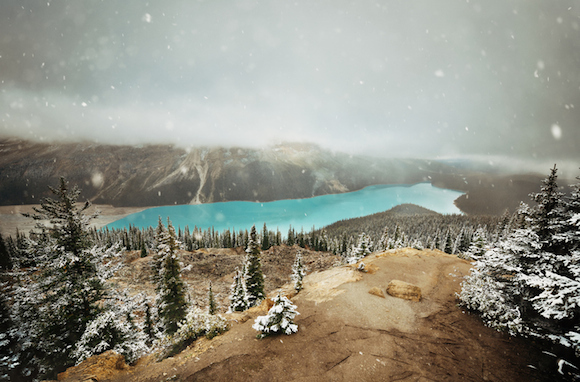
3. The Canadian Rockies, Alberta and British Columbia
Everyone's probably heard of Banff by now, but that's just the start when visiting this vast, rugged region that even die-hard fans of our own Rocky Mountains can't help but admit is kind of the best, ever. Straddling two provinces, bragging multiple national parks as well as long, secluded and ceaselessly scenic drives, the region require days of your time in order to experience properly – you'll also need to time the seasons right, of course, in order to see it all. Not that seeing everything is required – a sunny winter day out from Calgary can be just as memorable. Drive up to Lake Louise (the roads are great), step on to the ice, gaze up at the wall of mountains in front of you and feel your brain rebooting.
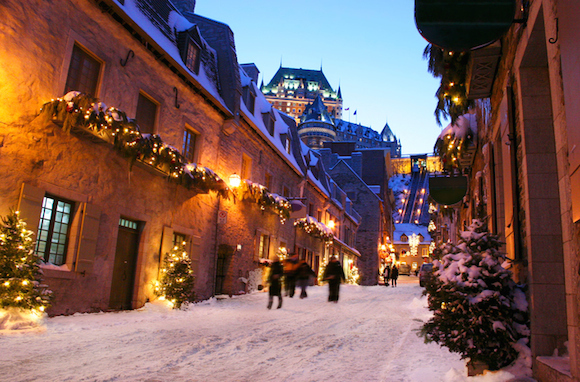
We could sit around and talk about Montreal versus La belle province's quaint capital, but at the end of the day, it comes down to the fact that if you're new to the country, you need to see just how belle Quebec can truly be. (Answer: Very.) Sure, the old city here is full of curio shops and attracts a ton of tourists from all over the world, but the same could be said for the French Quarter in New Orleans and that's never stopped anyone from falling in love with the place, has it? From deliberate prowls through the locally-loved Marche Jean-Talon (Thursdays-Sundays) to long walks in and above the Old City, pretty much everyone leaves town with good memories. Bonus: If you bore easily, Montreal is just two hours down the road.
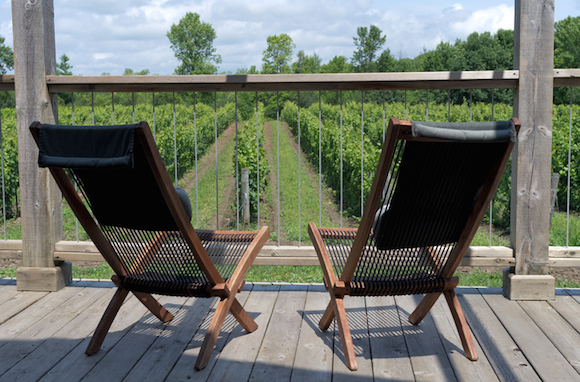
5. Ontario Wine Country
Whether it's a summer day sipping a local rosé in the vineyards or a cozy evening by a fireplace necking an entire bottle of sparkling icewine with someone you really, really like, there's no wrong time to check out what's now one of the most compelling wine regions off of the West Coast. British Columbia may have the more temperate weather, but it just can't quite top the best of what you can easily find in sunnier, less remote climes, elsewhere at that end of the continent. What makes Ontario's wine country so fascinating is that it exists at all – all thanks to a fluke of geography, sheer force of will and a lot of Toronto money. The Niagara Peninsula – particularly surrounding the cuter-than-a-button, culturally significant town of Niagara-on-the-Lake – is easily the most glamorous wine region in the province, while the up-and-coming Prince Edward County on Lake Ontario's northern shores fills the role of younger, more experimental, less flashy cousin. Both have some fine places to stay, very good restaurants (you'll find some of the better meals you can eat in the country here, actually), lots of back roads to explore and wineries where tasting's always an option. While much of the commercial stuff is very good, as in most wine regions, it's worth seeking out the appointment-only or limited hour tasting rooms for the stuff the tour buses haven't discovered yet.
